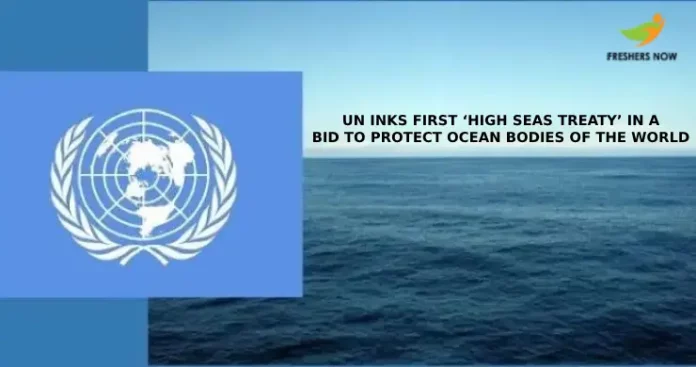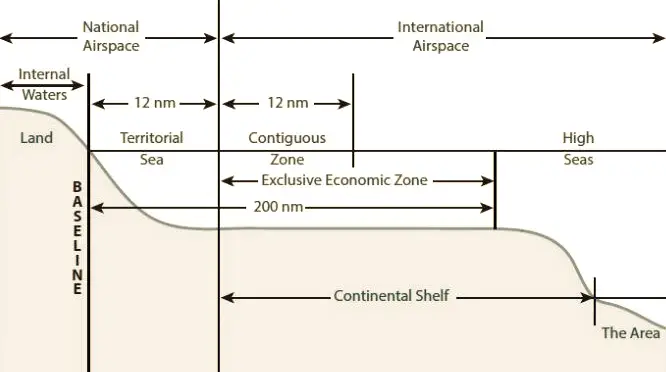
UN inks first ‘High Seas Treaty’ in a bid to protect ocean bodies of the world: The first ‘High Seas Treaty‘ has been signed by the United Nations with the aim of safeguarding the vast oceanic bodies that are situated beyond national boundaries, constituting nearly two-thirds of the world’s oceans. This agreement is the result of a decade-long discussion on the environmental issue.
★★ Latest Current Affairs ★★
After 38 hours of talks at the UN headquarters in New York, the treaty was signed on Saturday evening. Earlier, the negotiations failed to materialize due to disagreements regarding funding and fishing rights. The previous international agreement on ocean protection was signed 40 years ago in 1982, which was the UN Convention on the Law of the Sea.
Overview
The agreement reached on 4th March at the United Nations Headquarters in New York, was the outcome of almost a decade-long negotiation on environmental issues. After 38 hours of negotiations, the treaty was finally agreed upon. It is worth noting that the previous
★★ Current Affairs Quiz ★★
About the ‘UN High Seas Treaty’
- A new governing body will be established by the treaty to manage marine life conservation and to create marine protected areas in the high seas.
- The treaty endeavors to protect 30% of the world’s oceans, increase funding for marine conservation, and introduce new regulations for ocean mining.
- The primary goal of the treaty is to safeguard the high seas against potential impacts like deep-sea mining.
- To ensure the preservation, the treaty would impose limitations on the quantity of fish caught in the high seas.
What are High Seas?

- High seas refer to the international water bodies that extend beyond national borders.
- These water bodies constitute approximately two-thirds of the world’s oceans.
- The high seas are accessible to all countries for fishing, sailing, and research purposes.
- However, only about 1% of this region has been safeguarded so far.
- The high seas are crucial for exploring valuable minerals, pharmaceuticals, oil, and gas reserves.
We hope you understand the concept of the UN’s signing of the first ‘High Seas Treaty’ to safeguard the world’s ocean bodies. For more up-to-date current events, please follow FreshersNow.



